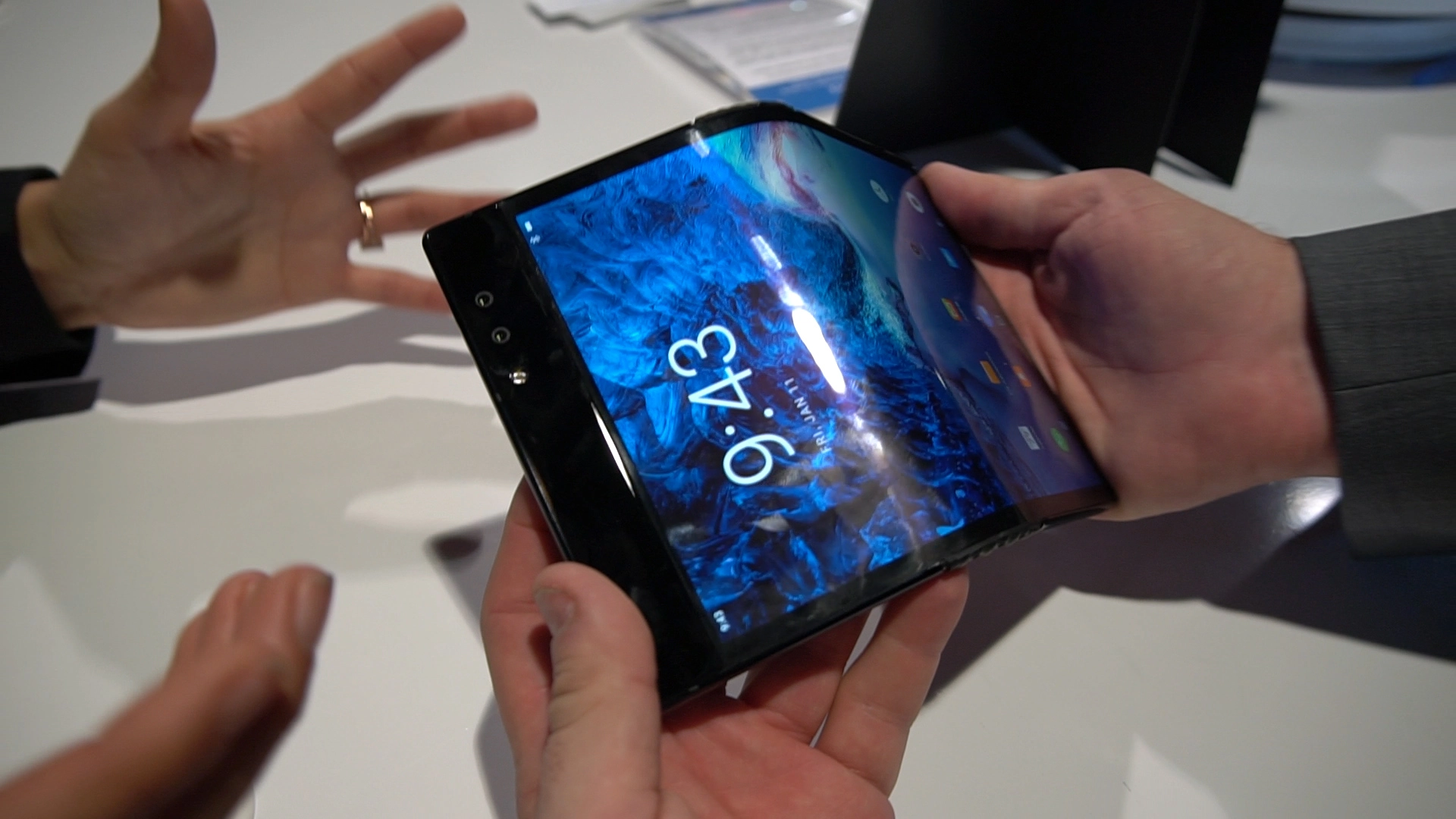With the ever-evolving world of technology, it’s hard to stay on top of all the latest innovations. From Artificial Intelligence to Blockchain, the tech industry has seen some major advances in recent years. In this article, we will delve into the newest developments in technology and how they’re impacting our lives. We’ll examine the advances in Artificial Intelligence, Robotics, Augmented Reality, Virtual Reality, and Blockchain and explain how each one could shape our future.
Artificial Intelligence
Artificial Intelligence (AI) is one of the most exciting and rapidly advancing areas of technology today. AI is the umbrella term for a wide range of computer systems us jetbrains jetbrainsyorktimes created to perform specific tasks, from understanding complex data to recognizing spoken information. AI systems are designed to think and act like humans by learning from experience and taking decisions based on reasoned arguments. AI technology has been around for decades but recent advances in computer power and data storage have enabled developers to create more sophisticated and powerful AI systems.
AI is being used in a variety of applications across many industries. In healthcare, AI systems are being used to automate diagnosis and treatment of diseases, while in finance and banking, AI is being used to detect and prevent fraud. AI is also being used in marketing and advertising to personalize content and recommendations to consumers.
Much of the research and development in AI is focused on creating autonomous AI systems that are capable of making decisions without human intervention. Autonomous AI systems are driven by algorithms that can determine the best course of action without requiring human input. Such AI systems will eventually be able to do complex tasks on their own, from making medical diagnoses to trading in the financial markets.
AI also has the potential to revolutionize transportation, as autonomous vehicles are being developed that can safely and independently navigate roads and highways. Autonomous vehicles are being developed with AI technologies such as machine learning and deep learning algorithms to improve safety and accuracy.
AI is a rapidly evolving field and the potential for new applications and innovative technologies is exciting. Despite the potential, there are still a number of challenges that must be overcome before AI can be widely adopted. These include the development of robust data sets, effective algorithms, and secure AI systems.
As AI continues to advance, it will be interesting to see the impact it has on our daily lives. New applications, technologies, and innovations are sure to emerge and bring with them a whole host of new opportunities and challenges.
Robotics
Robotics is one of the most exciting, yet controversial, advancements in technology today. Robotics is the science of creating machines that can perform tasks on their own without any human intervention. This technology has been around for centuries and has been used in many different industries, with the focus being on manufacturing, healthcare, and transportation. As technology advances, so does the potential of robots and their capabilities.
Robots have had the potential to revolutionize the way we do things, such as eliminating the need for human labor in factories, making surgery safer and more accurate, and making transportation more efficient. While these advancements are exciting, they also come with a lot of questions and concerns. What rights do robots have? How will robots affect humans and the job market? Are robots safe to use in our homes or workplaces?
One of the most important advances in robotics is the development of Artificial Intelligence (AI). AI enables robots to recognize patterns, processes, and communicate with humans. This technology has been used to create autonomous vehicles, such as self-driving cars, and for artificial surgery in hospitals. AI is also being used to create robots that can interact with humans, such as social robots that can understand our emotions and respond to us.
Robots are becoming more common in our daily lives, and they are being used in a variety of ways. They are being developed for medical, military, and industrial applications. They are also being used in more recreational applications, such as the Roomba vacuum cleaner and robotic toys. As robotics continue to evolve, they will open Tech Magazine up new opportunities for humans and help us create a better world.
Robots are constantly evolving, and the possibilities are endless. As these technologies continue to advance, it is important to be aware of the potential implications and consequences. It is important to consider the ethical implications of robotics and make sure that we are creating robots that are safe, secure, and respectful of human rights. We must ensure that robots are unable to cause harm to humans and that they are used responsibly.
Robotics is an exciting technology that has the potential to revolutionize the way we live and work. With the right regulations and guidelines, robotics can be used to create a better world for all of us.
Augmented Reality
In recent years, technology has been advancing at an incredible rate, and businesses are becoming more and more reliant on technology to run their operations. One of the latest innovations in technology is augmented reality (AR), a type of interactive technology that allows users to interact with a simulated environment that is overlaid onto the real world.
AR technology uses imaging technology such as cameras and sensors to create a virtual environment that responds to physical cues. For example, AR can be used to create virtual images of furniture pieces in a room, so users can “try out” pieces before they buy them. AR can also be used to create virtual training simulations and virtual tours of buildings and landscapes.
The potential applications of augmented reality are vast and varied. AR has been used in the medical field to provide real-time medical imaging and 3D visualizations. AR can also be used to enhance communication for remote workers and for building virtual classrooms. AR has also been used to provide virtual assistance for handicapped individuals and to improve customer experiences in retail and restaurants.
The use of AR technology is growing rapidly and already being used in many industries. The possibilities for businesses to use AR to improve customer experiences and increase efficiency are endless. With the rise of 5G networks and more powerful computers, AR technology is only likely to become more widespread in the years to come. Companies that embrace AR technology will be able to maximize their opportunities and stay ahead of their competition.
Virtual Reality
In recent years, virtual reality (VR) technology has been rapidly increasing in popularity and is quickly becoming one of the most revolutionary innovations of the modern era. From gaming to medical diagnostics, virtual reality has been used in a variety of ways that can help improve daily life.
VR is a computer-generated simulation of a three-dimensional environment that users can interact with using special headsets and controllers. It immerses users in a completely digital world that can match any experience in the real world. The ability to explore a virtual environment allows users to experience different scenarios and types of activities with a level of realism that is not possible outside of VR technology.
One of the most popular applications of VR is gaming. By combining the latest graphics and physics with virtual environments, gamers can experience an entirely new level of gaming that is far more immersive and engaging than traditional gaming systems.
VR can also be used to create virtual training scenarios for a variety of industries. For example, surgeons can use VR to simulate operating procedures, giving them a chance to practice and refine their skills in a realistic environment before attempting the same procedure in the real world. This type of training is invaluable and can be used to help people learn a variety of new skills in a very short period of time.
Virtual reality is also being used in the medical field to diagnose and treat a range of diseases. Doctors can use VR to create a real-time 3D image of a patient’s body to better understand their condition. VR also has the potential to be used as a powerful treatment tool, as research shows that virtual reality can help reduce symptoms of anxiety and depression in patients.
As the technology continues to develop, the possibilities for virtual reality are almost limitless. Businesses, scientists, and consumers alike can benefit from this powerful technology and it is sure to revolutionize the way we do things in the future.
Blockchain
Blockchain is one of the most talked about innovations in technology today. It has the potential to revolutionize how businesses and individuals interact with each other over the internet and how transactions are tracked, stored and recorded. It may even bring about a new era of digitization and automation, and create efficiencies that were not previously possible.
At its core, blockchain is a distributed ledger technology (DLT) that is used to record information digitally and securely. It creates an immutable and decentralized record of transactions, which makes it secure and tamper-proof. Each node in the network is connected to all other nodes, meaning that any information contained in the blockchain is visible to everyone in the network. This means that all data entered into the blockchain is distributed across the network and is virtually unchangeable.
To understand how blockchain works, think of it like an online database. It is a way to store and track digital records, just like any other database. The distinction is that with blockchain, the records are immutable and transparent, meaning that no one can make changes or access them without permission.
When it comes to applications, blockchain has a wide range of possibilities. It can be used to facilitate financial transactions, create smart contracts, enable digital voting, secure online identities and enable digital asset management. It is also being used to track goods and services throughout the supply chain, and to provide verification and provenance for digital goods.
Perhaps the most exciting thing about blockchain is the potential it has for transforming the way businesses interact with each other. By creating an unalterable, distributed ledger, blockchain technology could create an entirely new system for peer-to-peer transactions, making it easier for businesses to track and exchange data within their own networks. This could give them an unprecedented level of control over their own data, as well as allow them to interact with other businesses and customers in real-time.
Ultimately, the potential for blockchain is immense. It could revolutionize industries across the world and make it easier for businesses to operate, transact and interact with one another. By creating a secure, immutable, and distributed ledger, blockchain could enable a new era of digital trust and transparency, creating more efficient and secure ways of doing business.

